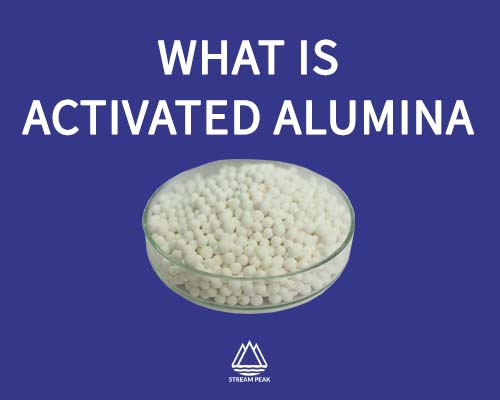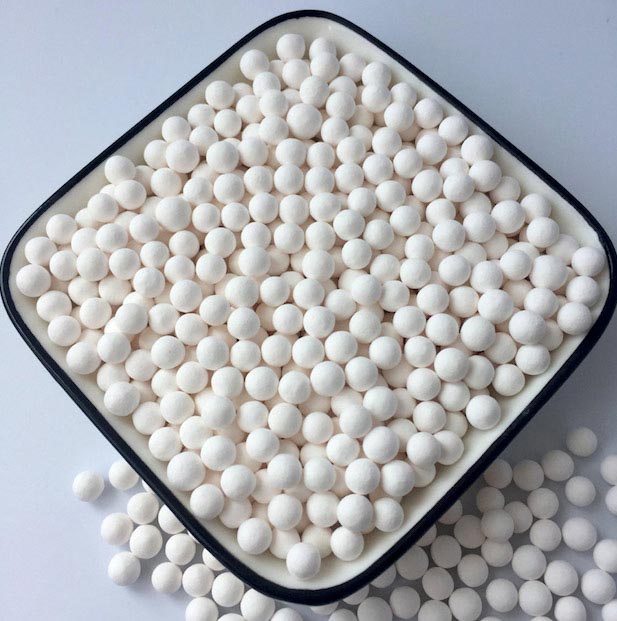
What is Activated Alumina?
You might’ve heard of this term about activated alumina, or might even be familiar with the term. But this activated alumina might have benefited you a number of times over the years. It might be sitting right in the water filter under your sink.
Activated Alumina
Activated alumina is manufactured from aluminum hydroxide by dehydroxylation in a way which makes it a highly porous material. This material has a surface area of around 200 m2/g. This compound is used as a desiccant in many industries. The aluminum oxide in this particular form is so porous that it is actually “tunnelled” at the microscopic level. This quality makes activated alumina useful for different applications. The most important thing to know about activated alumina is that it adsorbs, not absorbs. For example, A regular sponge will absorb water but the water molecules won’t bond with the sponge and so, the water can leak or get evaporated after a while.
On the other hand, the moisture or water that comes in contact with activated alumina will actually bond with the solid material. Once it bonds, it cannot be separated without a considerable amount of heating stimuli. Activated alumina can absorb gases or liquids without changing their forms. As air passes through alumina, it will be dried out because the water molecules will bond to the activated alumina. The original absorption capacity of activated alumina can be restored by heating it to a temperature ranging from 350° to 600°F. When the activated alumina desiccant is heated, it will be restored. That means it can be used again and again.
Activated alumina has a high affinity for water compared to any other desiccant material used. That makes it useful for applications where a lot of moisture needs to be dealt with. It’s high crust strength also allows it to withstand the high pressure of industrial applications. The only con of activated alumina is that unlike molecular sieves, the size of pores present in activated alumina cannot be tailored and they are not uniform.


